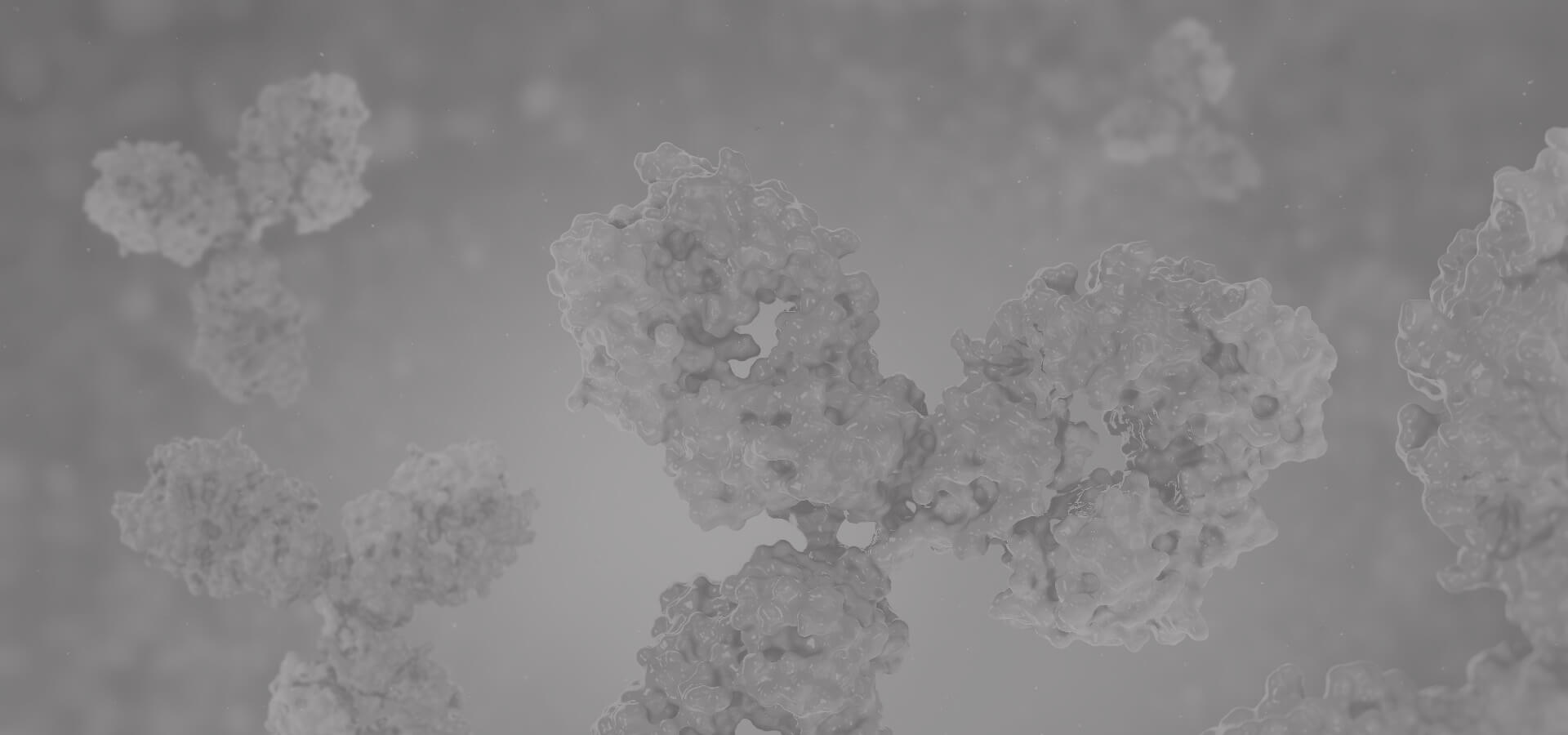Hot products 
-
Mouse Anti-BRCA2 Recombinant Antibody (CBYY-1728) (CBMAB-2077-YY)

-
Mouse Anti-dsDNA Recombinant Antibody (22) (CBMAB-AP1954LY)

-
Mouse Anti-4-Hydroxynonenal Recombinant Antibody (V2-502280) (CBMAB-C1055-CN)

-
Rabbit Anti-B2M Recombinant Antibody (CBYY-0059) (CBMAB-0059-YY)

-
Rabbit Anti-ALK (Phosphorylated Y1278) Recombinant Antibody (D59G10) (PTM-CBMAB-0035YC)

-
Mouse Anti-BPGM Recombinant Antibody (CBYY-1806) (CBMAB-2155-YY)

-
Rabbit Anti-ABL1 (Phosphorylated Y185) Recombinant Antibody (V2-443434) (PTM-CBMAB-0001YC)

-
Mouse Anti-CFL1 Recombinant Antibody (CBFYC-1771) (CBMAB-C1833-FY)

-
Mouse Anti-AZGP1 Recombinant Antibody (CBWJZ-007) (CBMAB-Z0012-WJ)

-
Mouse Anti-ENPP1 Recombinant Antibody (CBFYE-0159) (CBMAB-E0375-FY)

-
Rat Anti-4-1BB Recombinant Antibody (V2-1558) (CBMAB-0953-LY)

-
Mouse Anti-ADGRL2 Recombinant Antibody (V2-58519) (CBMAB-L0166-YJ)

-
Mouse Anti-CEMIP Recombinant Antibody (3C12) (CBMAB-K0296-LY)

-
Mouse Anti-AAV-5 Recombinant Antibody (V2-503416) (CBMAB-V208-1402-FY)

-
Mouse Anti-AMACR Recombinant Antibody (CB34A) (CBMAB-CA034LY)

-
Mouse Anti-ADAM29 Recombinant Antibody (V2-179787) (CBMAB-A1149-YC)

-
Rabbit Anti-AKT2 (Phosphorylated S474) Recombinant Antibody (V2-556130) (PTM-CBMAB-0605LY)

-
Rat Anti-C5AR1 Recombinant Antibody (8D6) (CBMAB-C9139-LY)

-
Mouse Anti-BMI1 Recombinant Antibody (CBYC-P026) (CBMAB-P0108-YC)

-
Mouse Anti-ATP5F1A Recombinant Antibody (51) (CBMAB-A4043-YC)

Cancer Research
Cancer, also known as malignant tumors, is characterized by the malignant proliferation of cells and their ability to invade and metastasize. Cancer can develop as a result of a sequence of genetic changes brought on by environmental carcinogens, such as chemicals, physical agents, or viruses, as well as internal variables including age, gender, endocrine systems, and heredity. The primary categories of cancer include:
- Carcinoma: derived from epithelial cells, encompassing lung, breast, and prostate cancers.
- Sarcoma: originated from mesenchymal tissues, such as osteosarcoma, liposarcoma, and angiosarcoma.
- Leukemia: arising from hematopoietic tissues in the bone marrow. These cancers are the most common type of cancer in children and include acute/chronic myeloid leukemia and acute/chronic lymphocytic leukemia.
- Lymphoma: starting in lymphocytes (T-cells or B-cells), categorized into Hodgkin lymphoma and non-Hodgkin lymphoma.
- Multiple myeloma: also known as plasma cell myeloma or Kahler disease, which originates from plasma cells.
- Melanoma: arising from melanocytes, primarily in the skin but also in other pigmented tissues such as the eyes.
- Malignant brain and spinal cord tumors: also known as malignant central nervous system tumors. These tumors are usually termed according to the type of cell that originated and the location of their initial development inside the central nervous system, such as adult-type diffuse glioma.
- Other cancer types: like germ cell tumors, neuroendocrine tumors, carcinoid tumors, etc.
Creative Biolabs provides a diverse selection of premium antibody products specifically designed for cancer research. These antibodies exhibit exceptional activity, specificity, and reproducibility, making them suitable for various experimental techniques, including Western Blot, ELISA, immunofluorescence, chromatin immunoprecipitation, and flow cytometry. Our dedication lies in helping scientists further their study on cancer.
Cancer Types
 Lung Cancer Distributed under Open Access license CC BY 3.0, from Wiki, without modification.
Lung Cancer Distributed under Open Access license CC BY 3.0, from Wiki, without modification.
Comprehensive antibodies, scholarly articles, signalling pathways and protocols to assist your cancer research.
Please try the standard protocols which include: protocols, troubleshooting and guide.
Enzyme-linked Immunosorbent Assay (ELISA)
Flow Cytometry
Immunofluorescence (IF)
Immunohistochemistry (IHC)
Immunoprecipitation (IP)
Western Blot (WB)
Enzyme Linked Immunospot (ELISpot)
Proteogenomic
Other Protocols
Reference
- Lahiri, Aritraa, et al. "Lung cancer immunotherapy: progress, pitfalls, and promises." Molecular cancer 22.1 (2023): 40. Distributed under Open Access license CC BY 4.0. The image was modified by extracting and using only Part B of the original image.
